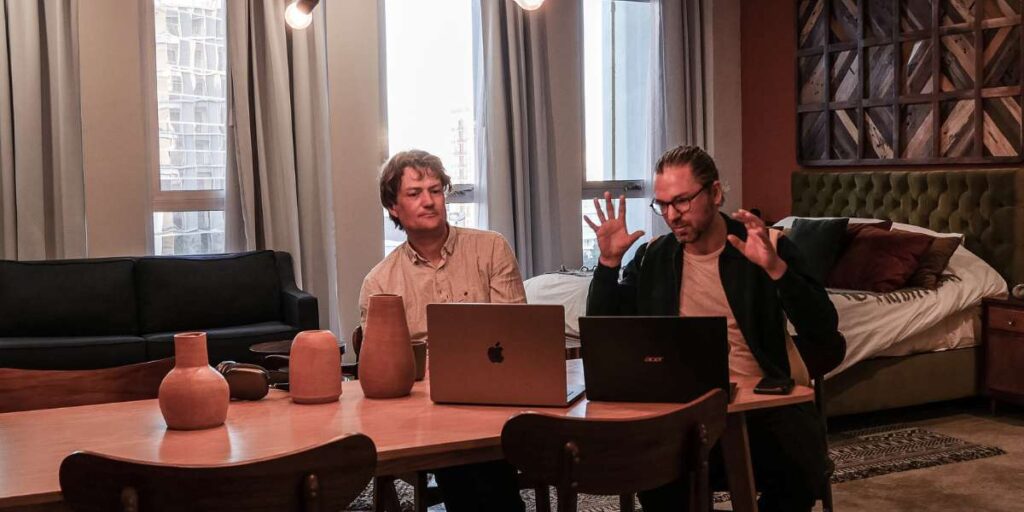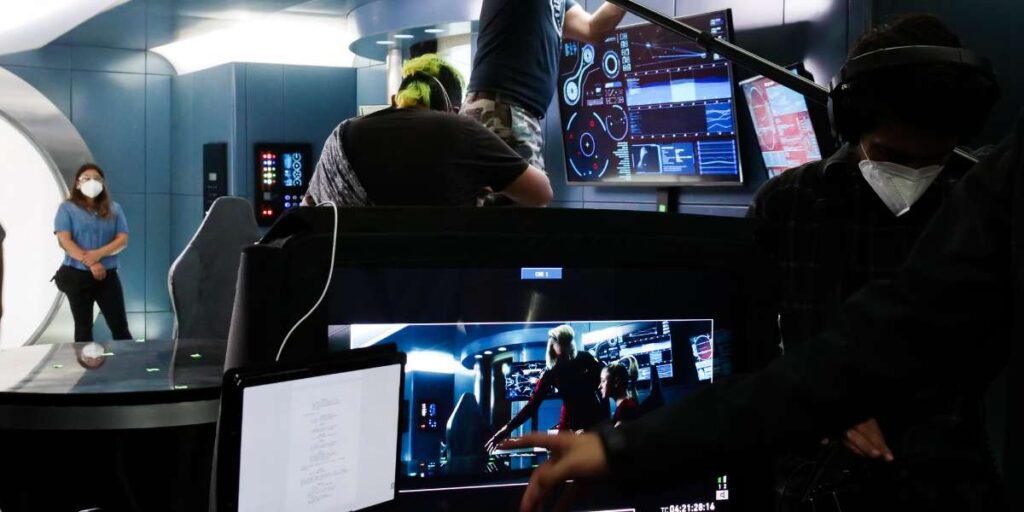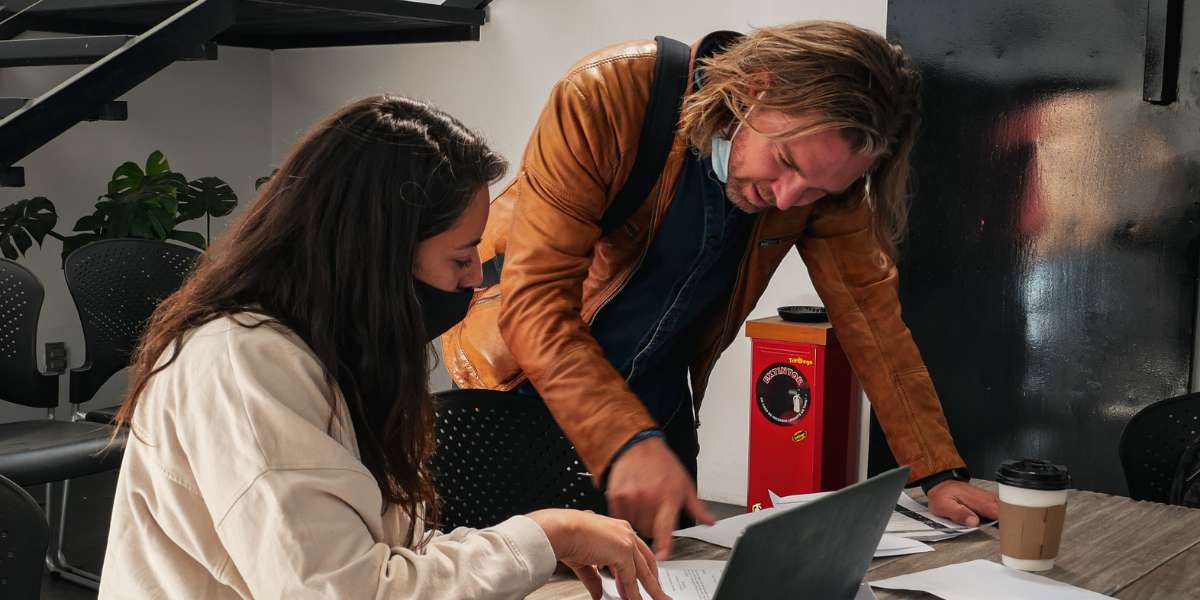Ever wonder how to facilitate a brainstorming session? Read all our insides from Antfarm Film Production
Brainstorming is a popular method for generating ideas and solving problems in many different industries, however, not all brainstorming sessions are created equal.
Without proper facilitation, a brainstorming session can quickly become unproductive and frustrating. For instance, in order to get the most out of your brainstorming sessions, it’s important to follow some key guidelines.

Here are some tips to facilitate a brainstorming session:
1. Set the tone As the facilitator of a brainstorming session:
It’s your job to set the tone and create a positive and welcoming environment. Start by introducing the session and explaining the purpose and goals. Encourage everyone to participate and make it clear that all ideas are welcome, no matter how unconventional or seemingly impractical.
2. Establish ground rules:
To keep the brainstorming session focused and productive, it’s important to establish some ground rules, however, you might set a time limit for each idea. In addition, ask participants to avoid criticizing or judging each other’s ideas. Make sure everyone understands the ground rules and feels comfortable adhering to them.
3. Provide context Before Diving Into Brainstorming:
Provide some context for the problem or idea you’re trying to address. This will help participants understand the scope and constraints of the project, and may spark some initial ideas.
4. Use Visual Aids Such as Whiteboards:
Post-it notes or diagrams can be extremely helpful for facilitating a brainstorming session. Encourage participants to write down their ideas on Post-it notes or draw diagrams to help illustrate their concepts. This can help keep the ideas organized and make it easier to see connections between different concepts.
5. Encourage Diverse Perspectives:
One of the key benefits of brainstorming is the opportunity to hear different perspectives and ideas. Encourage participants to approach the problem or idea from different angles and to share their unique experiences and insights.
5. Keep the Momentum Going :
Firstly, it’s important to keep the momentum going and avoid getting bogged down in any one idea, however, you need to encourage participants to build on each other’s ideas and to keep the ideas flowing. If the conversation starts to stall, you might introduce a new prompt or question to spark some fresh ideas.
6. Wrap up and follow up:
At the end of the brainstorming session, take some time to review the ideas and identify any key themes or patterns that emerged. Decide on the next steps and assign responsibilities for following up on the ideas. Make sure everyone understands the next steps and feels motivated to move forward.
A well-facilitated brainstorming session can be an incredibly effective way to generate new ideas and solve problems. By following these tips, you can help ensure that your next brainstorming session is productive, collaborative, and inspiring.

Follow us for more:



